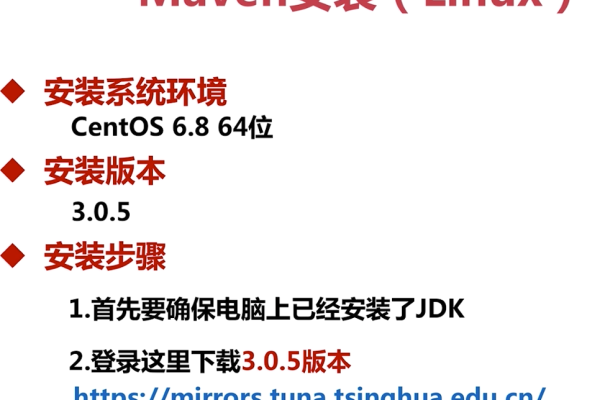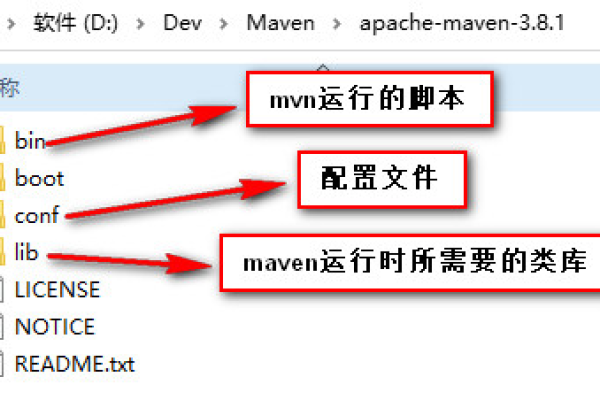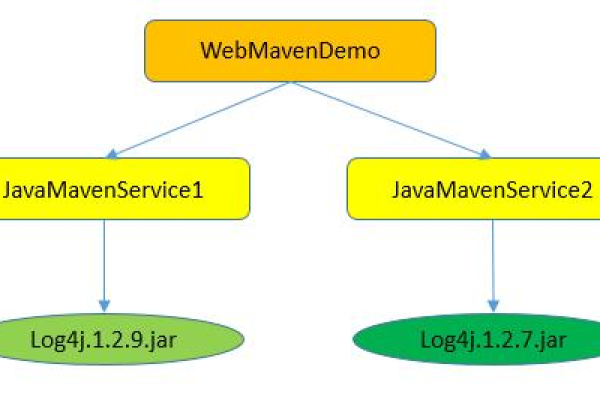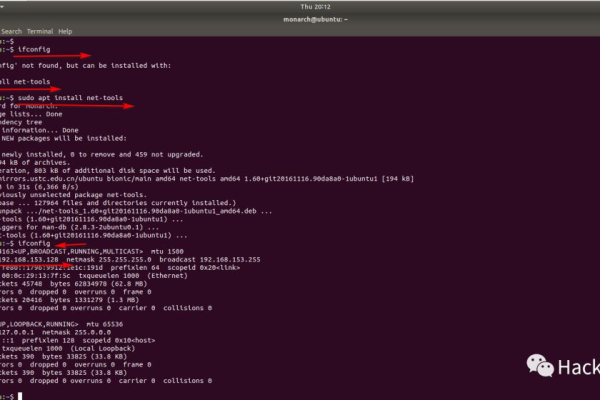如何正确安装和配置Maven?
- 行业动态
- 2024-10-08
- 8
C:Program FilesApacheMaven(Windows)或 /usr/local/apachemaven(macOS/Linux)。,,3. 配置环境变量:将 Maven 的 bin 目录添加到系统的 PATH 环境变量中。这样您就可以在命令行中直接使用 mvn 命令。,,4. 验证安装:打开命令行,输入 mvn v,如果看到 Maven 的版本信息,说明安装成功。,,5. 创建 Maven 项目:使用 Maven 的命令行工具或集成开发环境(如 IntelliJ IDEA、Eclipse 等)创建一个新的 Maven 项目。在项目的 pom.xml 文件中定义项目的依赖关系、插件等配置信息。,,6. 构建项目:在项目根目录下执行 mvn clean install 命令,Maven 会自动下载依赖库、编译代码、运行测试并生成可执行的 JAR 文件。,,7. 运行项目:使用 java jar 命令运行生成的 JAR 文件,或者在集成开发环境中直接运行项目。
Maven 是一个强大的项目管理和构建工具,广泛用于Java项目的依赖管理和构建过程,以下是关于Maven安装与配置的详细步骤:
下载与解压 Maven
1、下载 Maven:访问Maven官网(http://maven.apache.org/download.cgi),选择最新版本进行下载。
2、解压 Maven:将下载的压缩包解压到指定目录,例如E:Javaapachemaven3.6.3。
配置环境变量
1、添加 MAVEN_HOME 变量:在系统变量中新建一个名为MAVEN_HOME 的变量,值为 Maven 解压后的路径,例如E:Javaapachemaven3.6.3。
2、修改 Path 变量:在系统变量Path 中添加%MAVEN_HOME%bin,以便在任何目录下都能使用 Maven 命令。

3、验证配置:打开命令提示符窗口,输入mvn v,如果显示出 Maven 的版本信息,则说明配置成功。
配置本地仓库
1、创建本地仓库目录:在合适的位置创建一个新文件夹作为本地仓库,例如E:Javamvnrepository。
2、配置 settings.xml:打开 Maven 解压目录中的confsettings.xml 文件,添加或修改<localRepository> 标签,设置为刚刚创建的本地仓库目录。
设置阿里云镜像
1、编辑 settings.xml 文件:在<mirrors> 标签下添加阿里云镜像的配置,以提高下载速度。
<mirror>
<id>alimaven</id>
<name>aliyun maven</name>
<url>http://maven.aliyun.com/nexus/content/groups/public/</url>
<mirrorOf>central</mirrorOf>
</mirror> 配置 JDK 版本
1、查看已安装的 JDK 版本:在命令行中输入java version,查看当前安装的 JDK 版本。

2、修改 settings.xml 文件:在<profiles> 标签下添加或修改<profile> 标签,设置 Maven 使用的 JDK 版本。
<profile>
<id>JDK1.8</id>
<activation>
<activeByDefault>true</activeByDefault>
<jdk>1.8</jdk>
</activation>
<properties>
<maven.compiler.source>1.8</maven.compiler.source>
<maven.compiler.target>1.8</maven.compiler.target>
<maven.compiler.compilerVersion>1.8</maven.compiler.compilerVersion>
</properties>
</profile> 通过上述步骤,可以完成 Maven 的下载、安装及基本配置,这些配置确保了 Maven 能够在本地正确运行,并且能够高效地从远程仓库下载所需的依赖。
| 步骤 | 描述 | 操作 | |
| 1. 下载Maven | 访问Maven官网(https://maven.apache.org/)下载适合你操作系统的Maven版本。 | 下载Maven压缩包(apachemaven3.8.1bin.tar.gz) | |
| 2. 解压Maven压缩包 | 将下载的Maven压缩包解压到指定目录。 | 解压到/usr/local/maven(Linux系统)或C:Program FilesApache Maven(Windows系统) | |
| 3. 添加Maven环境变量 | 将Maven的bin目录添加到系统环境变量中。 | (Linux)在.bashrc 或.bash_profile 文件中添加export M2_HOME=/usr/local/maven 和export PATH=$PATH:$M2_HOME/bin(Windows)在系统环境变量中添加 M2_HOME 和Path 变量 | |
| 4. 验证Maven安装 | 在命令行中运行mvn version 命令,检查Maven是否正确安装。 | 输出类似于Apache Maven 3.8.1 (20200924T22:10:21Z) 的信息表示Maven安装成功 | |
| 5. 配置本地仓库 | 在Maven的配置文件中设置本地仓库路径。 | 编辑~/.m2/settings.xml 文件(Linux系统)或%USERPROFILE%.m2settings.xml 文件(Windows系统)在 标签内设置本地仓库路径,例如 | |
| 6. 配置远程仓库 | 在Maven的配置文件中设置远程仓库地址。 | 在 标签内添加 标签,例如 | |
| 7. 配置用户代理 | 在Maven的配置文件中设置用户代理。 | 在 标签内添加 标签,例如 | 127.0.0.1 |
完成以上步骤后,Maven就配置好了,你可以使用Maven命令来构建、测试和部署Java项目。
















